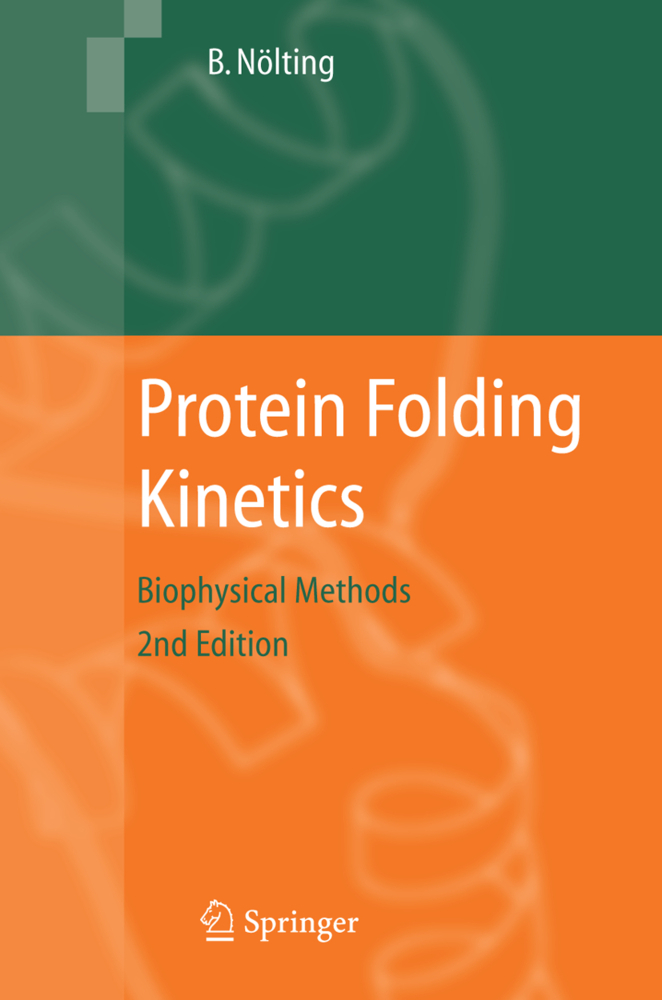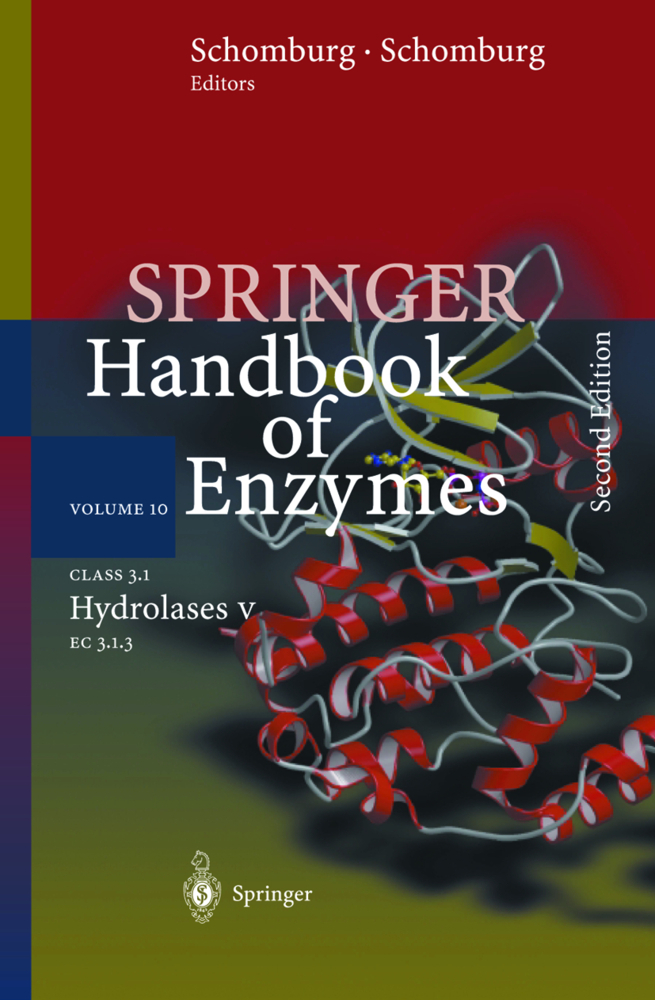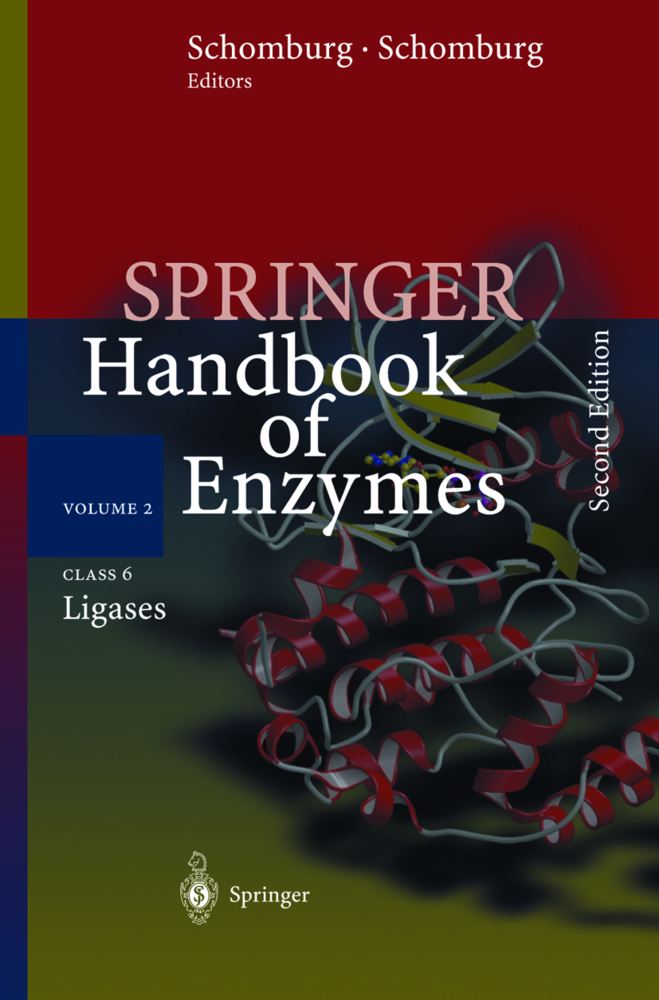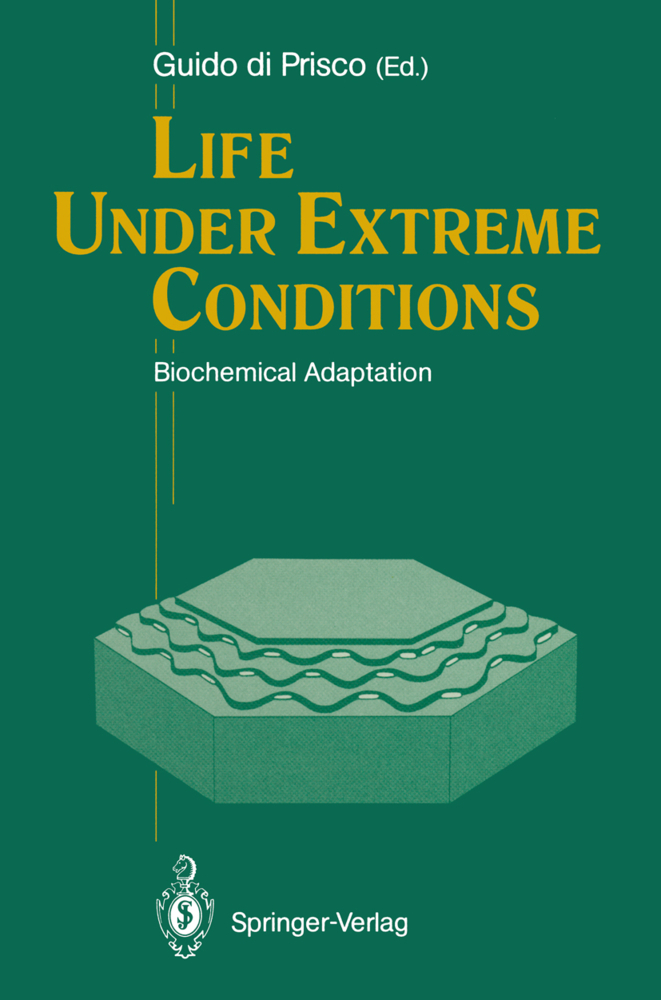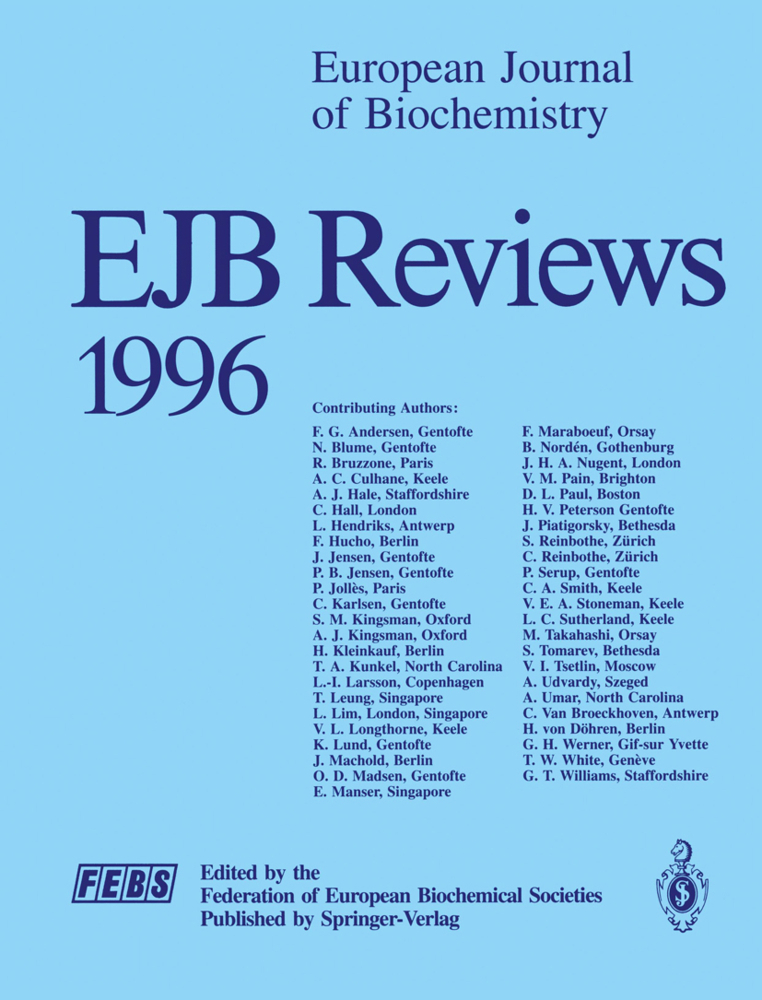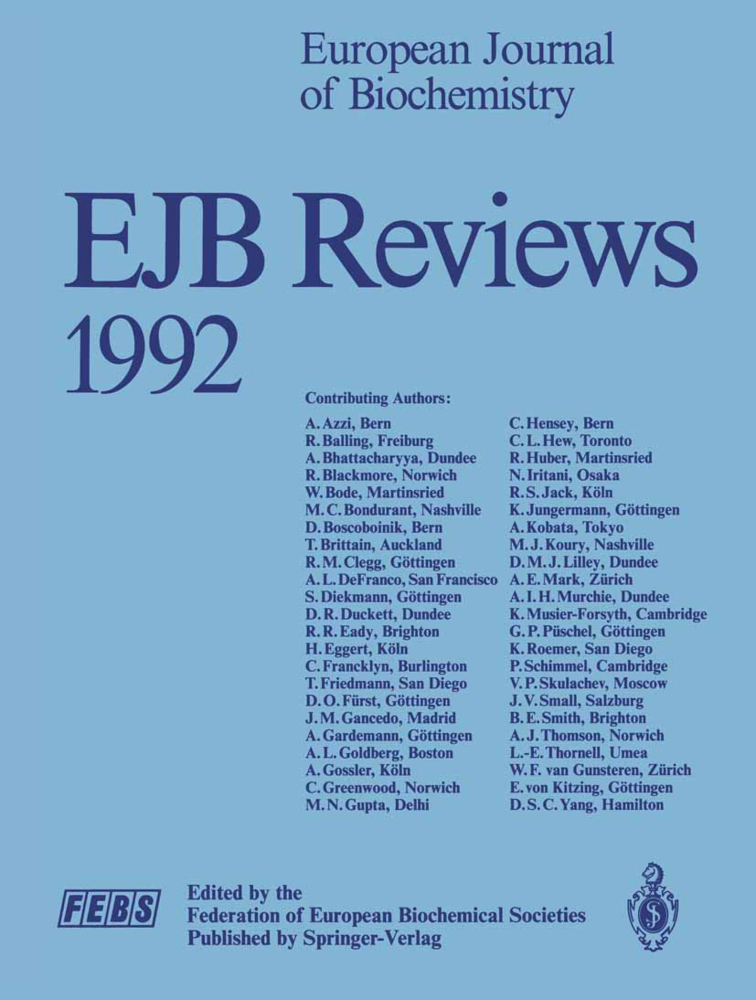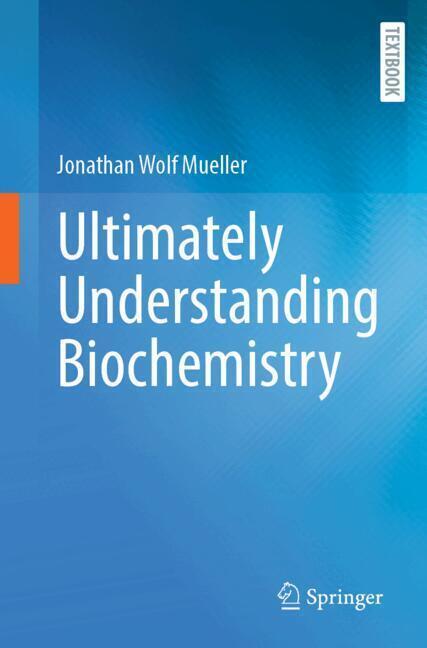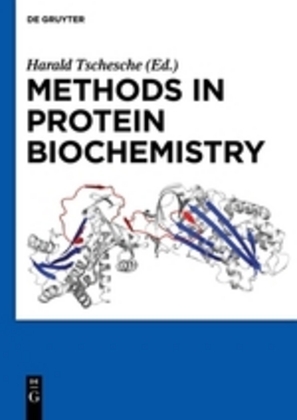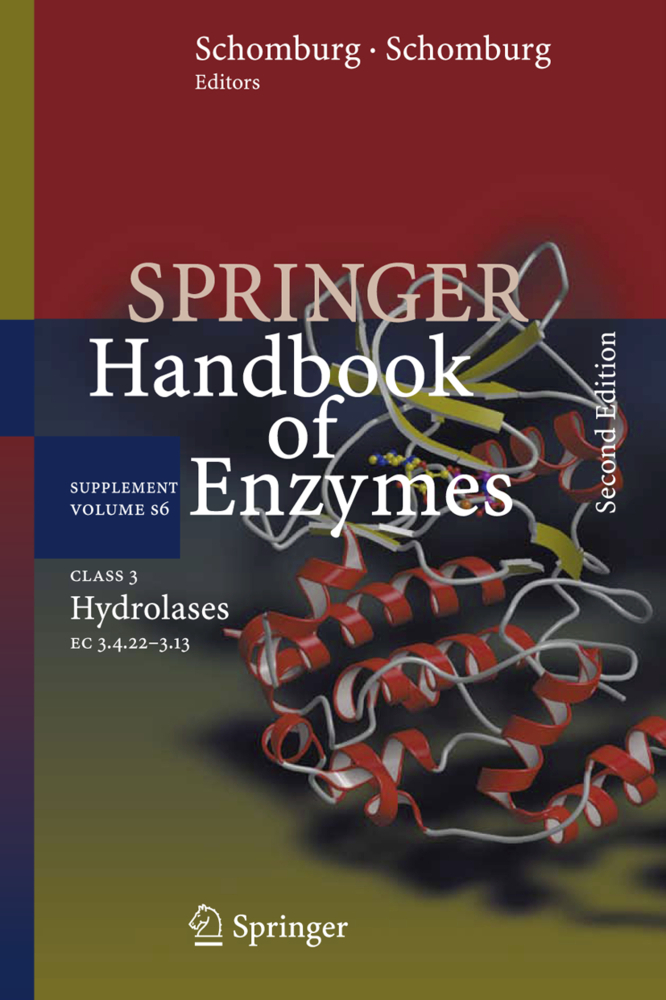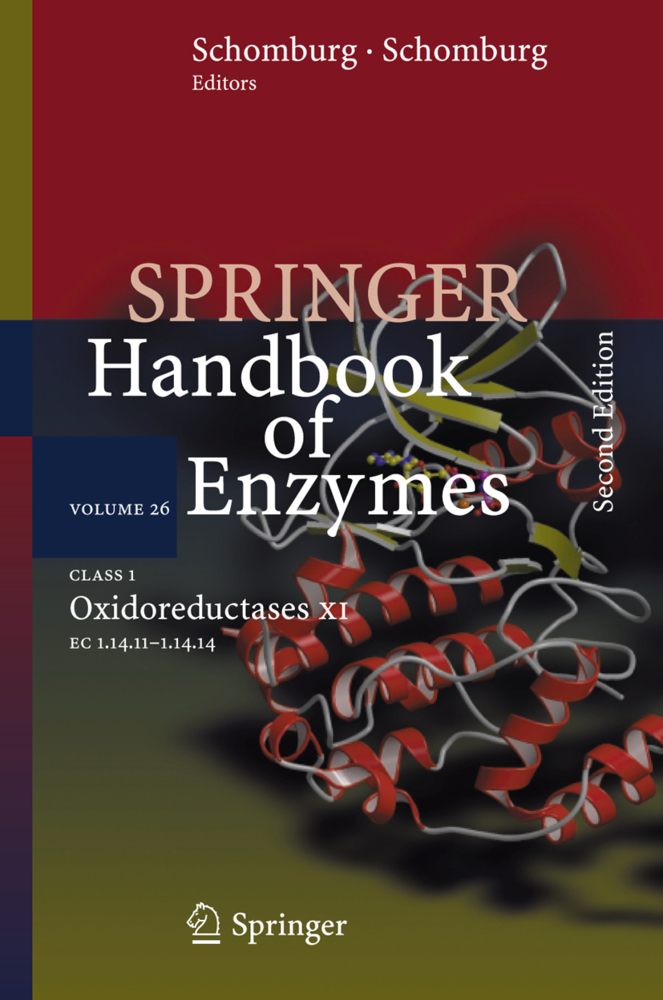Protein Folding Kinetics
Biophysical Methods
First methods book which includes many detailed descriptions
Absolutely needed and thus timely for the scientific community
Comprises 15% more content and includes the mentioned special features The book gives a deep insight into the principles and concepts of the kinetic and structural resolution of fast chemical and biophysical reactions of proteins with emphasis on protein-folding reactions. The study of fast protein-folding reactions and the understanding of the folding paradox have significantly advanced due to the recent development of new biophysical methods which allow not only kinetic resolution in the sub-millisecond time scale but also structural resolution with unprecedented precision. Pathways and structures of early and late folding events and the transition state structures of fast- and ultrafast-folding proteins can now be studied in far more detail. Important techniques include biophysical, chemical, molecular biological and mathematical methods, in particular protein engineering, Phi-value analysis, time-resolved circular dichroism, optical triggers and pulsed infrared LASER methods, pressure and temperature jump, ultrafast mixing, stopped flow and quenched flow, dielectric relaxation and electric-field-jump, acoustic relaxation, fluorescence- and isotope-labeling, H/D exchange methods, NMR line broadening and stopped-flow NMR, transition state theory, solutions of rate equations, and evolutionary computer programming. Protein Folding Kinetics - Biophysical Methods is written for students and researchers in biochemistry, biophysics, and related fields.
Special features in the second edition: Includes detailed information and 12 color figures on the high resolution of folding transition states. Discusses structural determinants of the rate of protein folding on a timescale from microseconds to seconds. Provides information on self-evolving computer programs for protein-folding simulations and protein-structure predictions.
Absolutely needed and thus timely for the scientific community
Comprises 15% more content and includes the mentioned special features The book gives a deep insight into the principles and concepts of the kinetic and structural resolution of fast chemical and biophysical reactions of proteins with emphasis on protein-folding reactions. The study of fast protein-folding reactions and the understanding of the folding paradox have significantly advanced due to the recent development of new biophysical methods which allow not only kinetic resolution in the sub-millisecond time scale but also structural resolution with unprecedented precision. Pathways and structures of early and late folding events and the transition state structures of fast- and ultrafast-folding proteins can now be studied in far more detail. Important techniques include biophysical, chemical, molecular biological and mathematical methods, in particular protein engineering, Phi-value analysis, time-resolved circular dichroism, optical triggers and pulsed infrared LASER methods, pressure and temperature jump, ultrafast mixing, stopped flow and quenched flow, dielectric relaxation and electric-field-jump, acoustic relaxation, fluorescence- and isotope-labeling, H/D exchange methods, NMR line broadening and stopped-flow NMR, transition state theory, solutions of rate equations, and evolutionary computer programming. Protein Folding Kinetics - Biophysical Methods is written for students and researchers in biochemistry, biophysics, and related fields.
Special features in the second edition: Includes detailed information and 12 color figures on the high resolution of folding transition states. Discusses structural determinants of the rate of protein folding on a timescale from microseconds to seconds. Provides information on self-evolving computer programs for protein-folding simulations and protein-structure predictions.
1;Preface;6 2;Preface to the first edition;7 3;Contents;9 4;Symbols;13 5;1 Introduction;14 6;2 Structures of proteins;18 6.1;2.1 Primary structure;18 6.2;2.2 Secondary structure;22 6.3;2.3 Tertiary structure;24 7;3 Physical interactions that determine the properties of proteins;30 7.1;3.1 Electrostatic interactions;30 7.2;3.2 Quantum-mechanical short-range repulsion;32 7.3;3.3 Hydrogen bonding;34 7.4;3.4 Hydrophobic interaction;35 8;4 Calculation of the kinetic rate constants;40 8.1;4.1 Transition state theory;41 8.2;4.2 Two-state transitions;42 8.3;4.3 Three-state transitions;44 8.4;4.4 Reversible sequential four-state transition;53 8.5;4.5 Reactions with monomer dimer transitions;54 8.6;4.6 Kinetic rate constants for perturbation methods;57 8.7;4.7 Summary;60 9;5 High kinetic resolution of protein folding events;64 9.1;5.1 Ultrafast mixing;64 9.2;5.2 Temperature-jump;68 9.3;5.3 Optical triggers;78 9.4;5.4 Acoustic relaxation;82 9.5;5.5 Pressure-jump;85 9.6;5.6 Dielectric relaxation and electric-field-jump;86 9.7;5.7 NMR line broadening;88 9.8;5.8 Summary;89 10;6 Kinetic methods for slow reactions;92 10.1;6.1 Stopped-flow nuclear magnetic resonance (NMR);92 10.2;6.2 Fluorescence- and isotope-labeling;93 11;7 Resolution of protein structures in solution;96 11.1;7.1 Nuclear magnetic resonance;96 11.2;7.2 Circular dichroism;102 12;8 High structural resolution of transient protein conformations;108 12.1;8.1 NMR detection of H/D exchange kinetics;108 12.2;8.2 Time-resolved circular dichroism;111 12.3;8.3 F-value analysis;118 13;9 Experimental problems of the kinetic and structural resolution of reactions that involve proteins;138 13.1;9.1 Protein expression problems;138 13.2;9.2 Aggregation;142 13.3;9.3 Misfolding;146 13.4;9.4 Unstable curve fit;148 14;10 The folding pathway of a protein (barstar) at the resolution of individual residues from microseconds to seconds;150 14.1;10.1 Introduction;150 14.2;10.2 Materials and methods;151 14.3;10.3 Structure of native barstar;153 14.4;10.4 Residual structure in the cold-unfolded state;154 14.5;10.5 Gross features of the folding pathway of barstar;156 14.6;10.6 F-value analysis;162 14.7;10.7 Inter-residue contact maps;165 14.8;10.8 The highly resolved folding pathway of barstar;168 14.9;10.9 Structural disorder and misfolding;173 14.10;10.10 Structure of peptides of barstar;175 14.11;10.11 Nucleation condensation mechanism of folding;175 15;11 Highly resolved folding pathways and mechanisms of six proteins;178 15.1;11.1 General features of the main transition states for the formation of the native structures;178 15.2;11.2 Nucleation condensation;189 15.3;11.3 Framework-model-like properties;192 15.4;11.4 Conclusions;192 16;12 Structural determinants of the rate of protein folding;194 16.1;12.1 Chain topology as a major structural determinant of two- state folding;194 16.2;12.2 Chain topology of the transition state and implications for the mechanism of folding;197 16.3;12.3 Further factors;197 16.4;12.4 Ultrafast folding;198 17;13 Evolutionary computer programming of protein structure and folding;200 17.1;13.1 Evolution method;201 17.2;13.2 Protein folding and structure predictions;202 17.3;13.3 Further potential applications of the evolution method;207 18;14 Conclusions;208 19;References;210 20;Index;228
Nölting, Bengt
| ISBN | 9783540272786 |
|---|---|
| Artikelnummer | 9783540272786 |
| Medientyp | E-Book - PDF |
| Auflage | 2. Aufl. |
| Copyrightjahr | 2005 |
| Verlag | Springer-Verlag |
| Umfang | 222 Seiten |
| Sprache | Englisch |
| Kopierschutz | Digitales Wasserzeichen |


